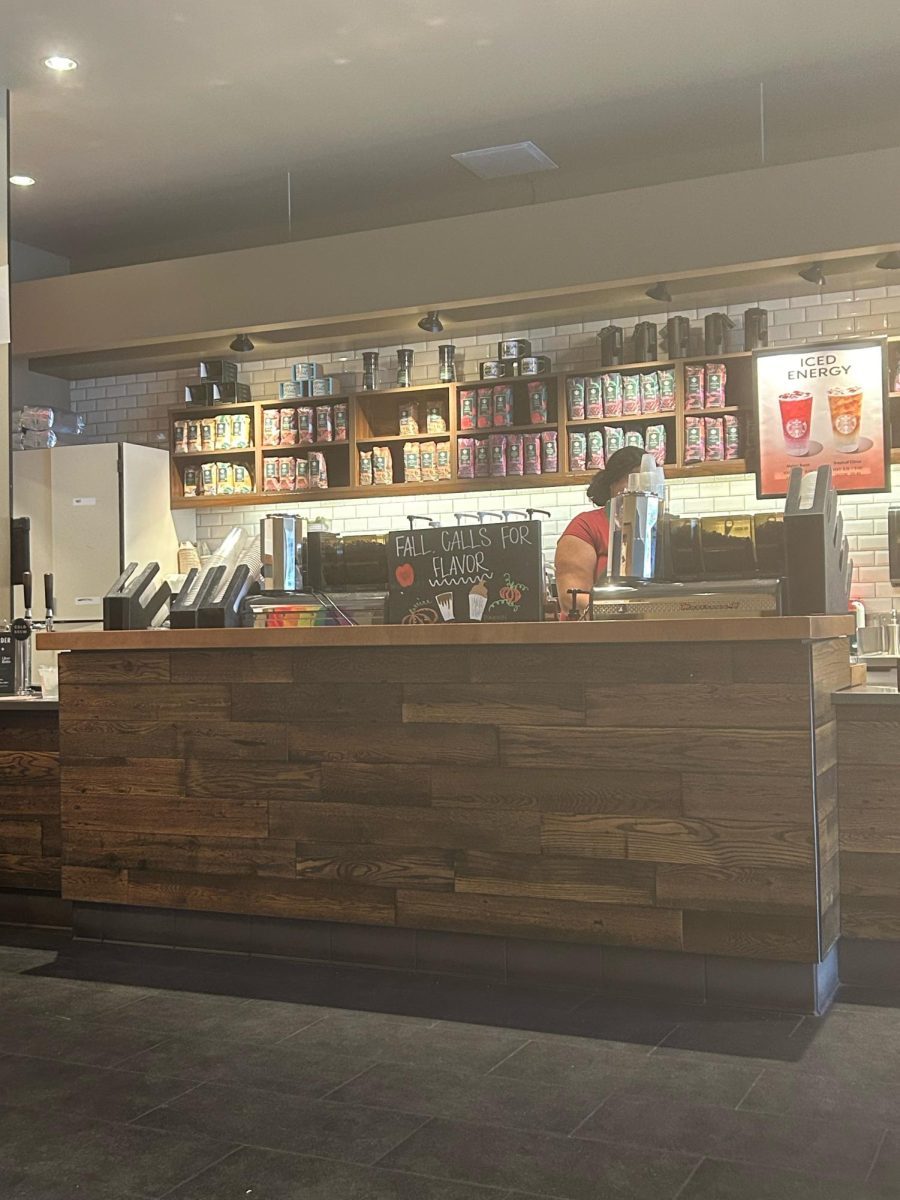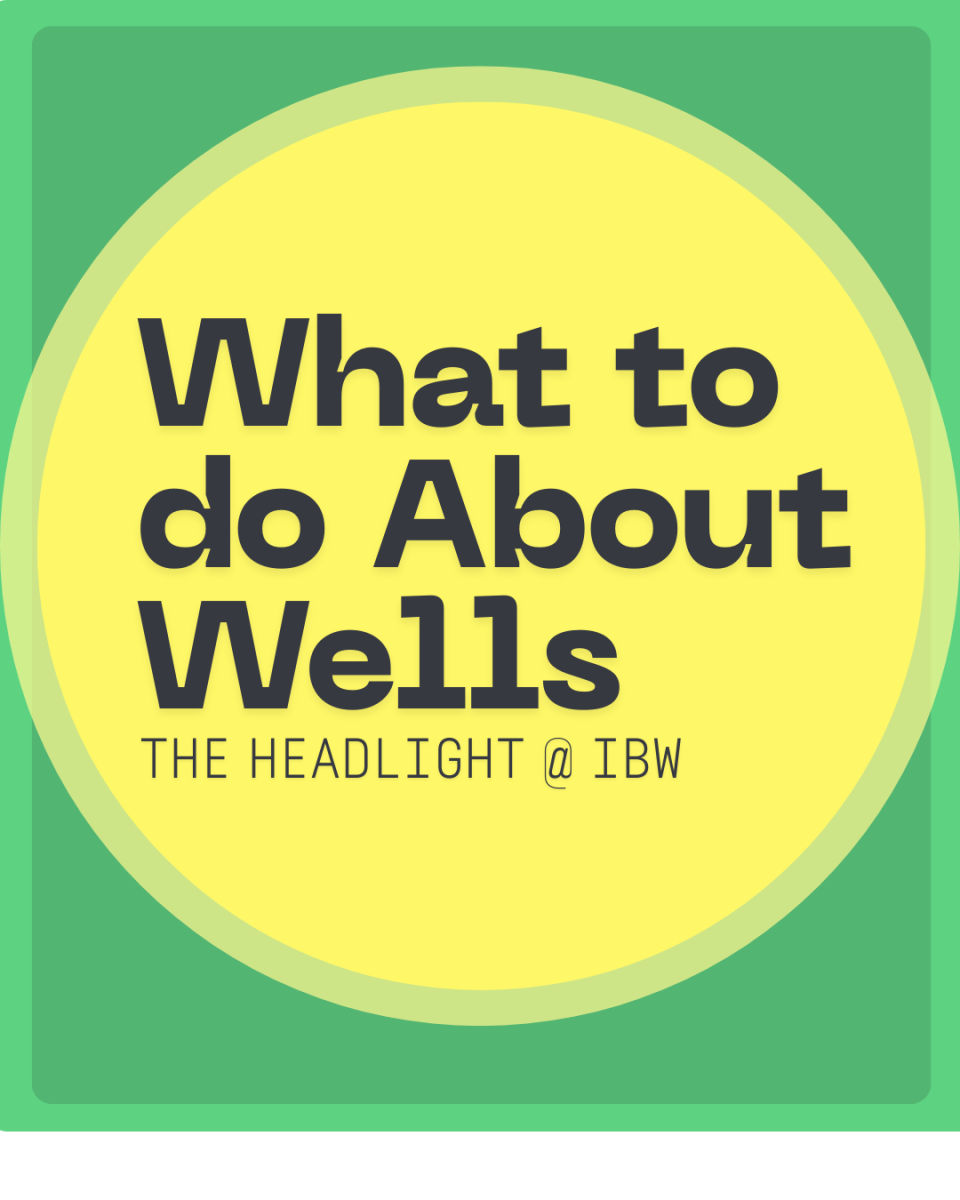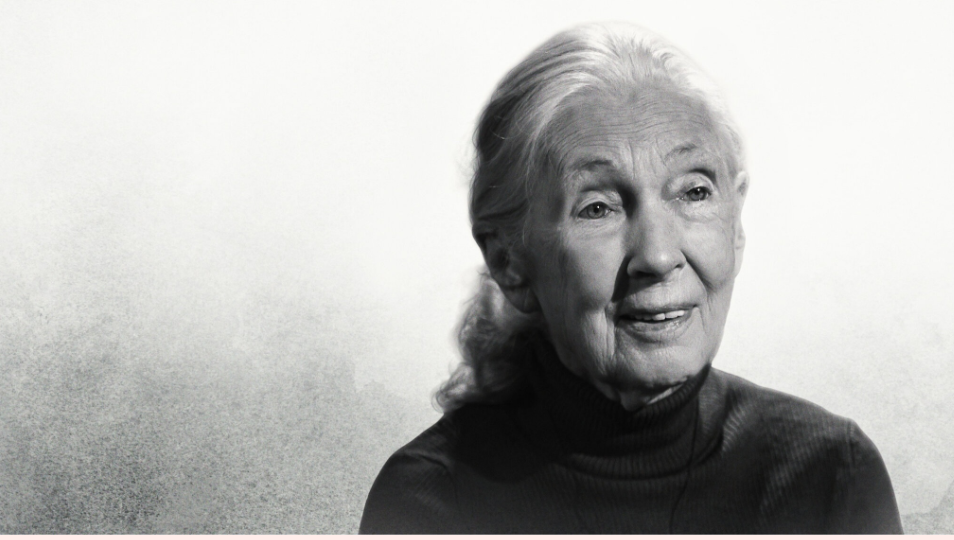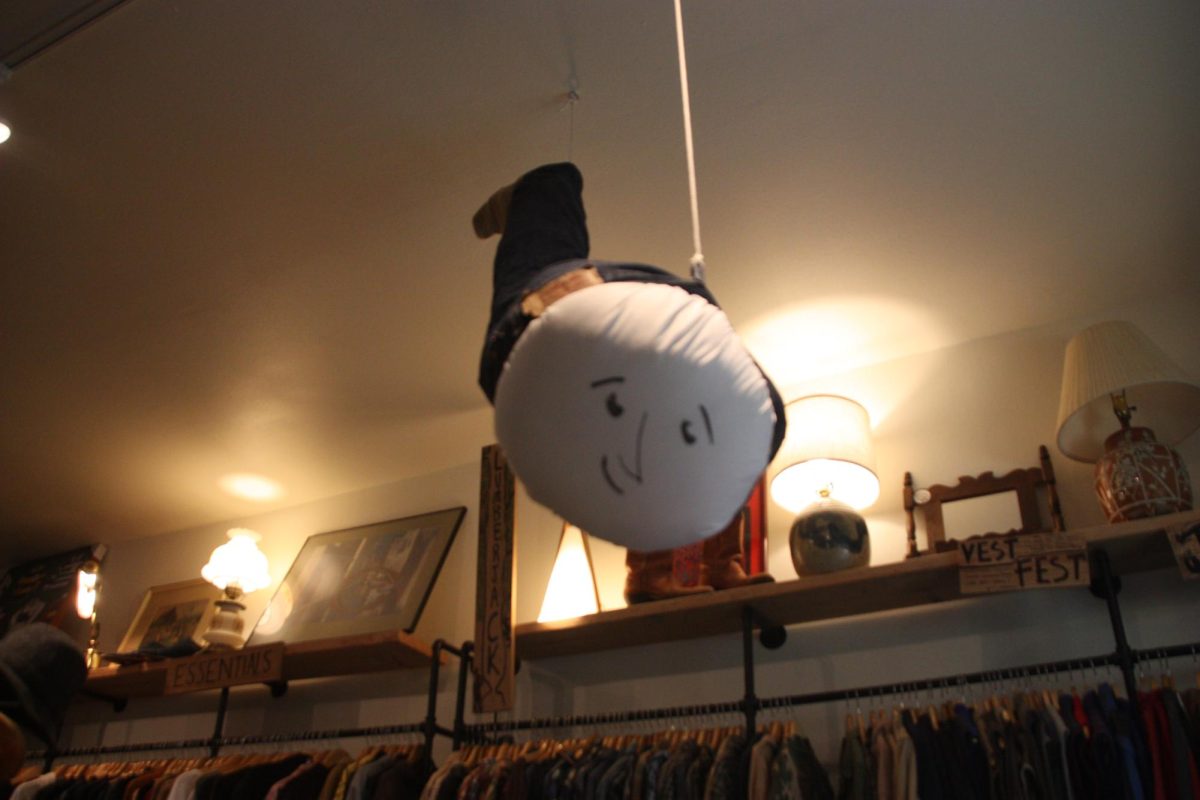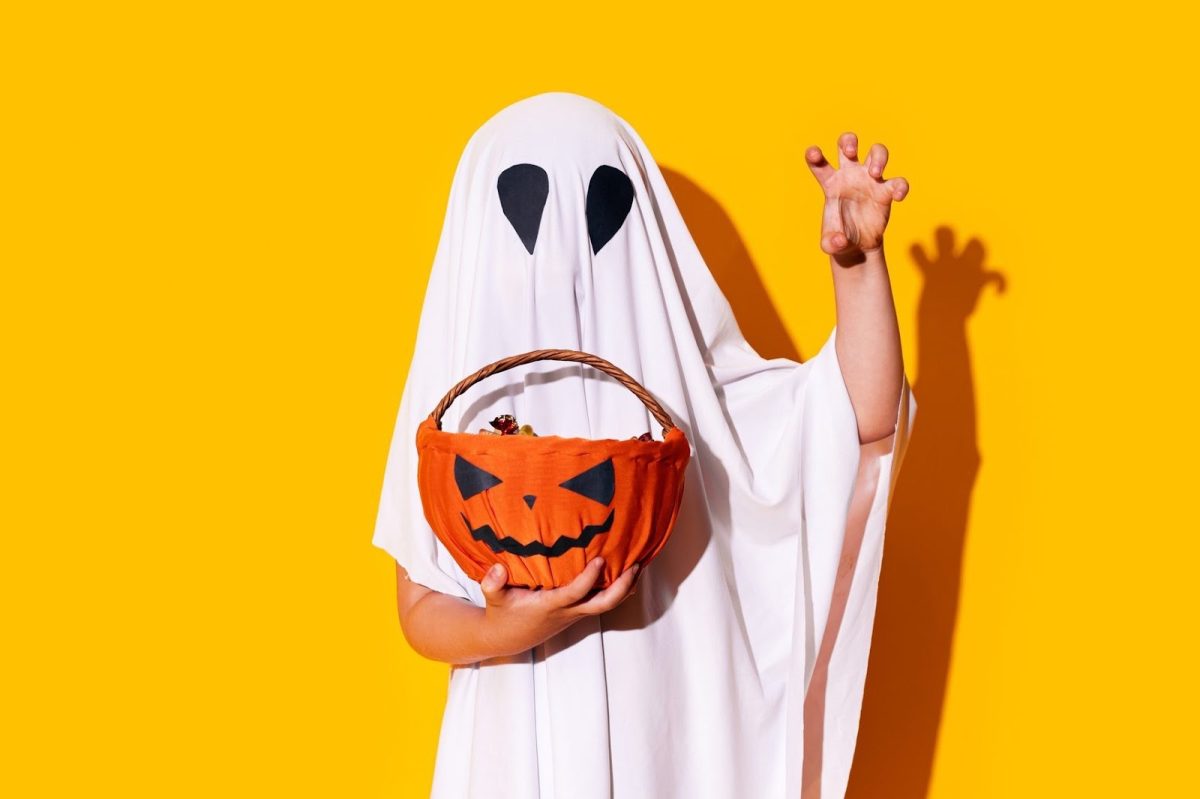This year, corporate desperation prompted a business to start fall a month early. In other words, Starbucks brought back the pumpkin spice latte two days earlier than last year, on August 20. Amid 80 degree heat, fall enthusiasts donned shorts and t-shirts to get a steaming hot coffee and a taste of autumn. This seemingly unseasonal return was prompted by a drop in profits stemming from a boycott and an increase in prices due to inflation.
Starbucks isn’t doing very well. They’ve been losing money for the past two financial quarters. According to their Q3 fiscal report, their global comparable stores results dropped by 3%; they had a 5% decline in transactions partially offset by a 2% increase in average amount spent per customer visit. In an informal poll conducted by The Headlight, 63% of respondents reported a decrease in their recent Starbucks patronage.
Two main reasons for this decline are increasing prices and participation in a boycott. The boycott is in response to the coffee giant’s supposed support for Israel’s military involvement in the Gaza strip. On October 7, Starbucks Workers United, a union of some, but not all Starbucks workers, tweeted a statement of support for Palestine. In response, Starbucks sued the union, saying the union was supporting violence committed by Hamas and using the Starbucks logo without authorization. The union countersued saying the corporation was “seeking to exploit the ongoing tragedy in Gaza and Israel to bolster an anti-union campaign.” Many former Starbucks patrons have interpreted this union lawsuit as support for Israel and a reason to boycott.
28% of poll respondents said both increasing prices and participation in a boycott were why they had been patronizing the coffee chain less. 24% cited just higher prices and 8% cited just the boycott. Starbucks menu items have increased by 50 cents to a dollar across the menu, and virtually any time the corporation is brought up around high schoolers, someone mentions their annoyance about higher prices. Starbucks says inflation is why they have raised their prices.
The extent of Starbucks’ actual support for Israel, if any, is somewhat subjective. The official stance on their website is carefully neutral: “Our hearts break for all affected by the violence and conflict in the Middle East. We’ve always condemned violence against the innocent.” They have also never directly funded military operations for any government, and have donated meals to Gaza through World Central Kitchen.
The early release of the pumpkin spice latte comes from Starbucks’ hope that the taste of nutmeg, cinnamon and pumpkin puree will reach across political and financial divides. There’s no question that the American public has quite the appetite for this spiced up concoction. In 2022, the pumpkin spice latte (along with other fall menu items) helped raise Starbucks’ revenue by 11%. Its price has increased steadily since its debut, from $3.35 in 2005 to $6.25 this year, but that doesn’t seem to have stopped its rise to coffee stardom. According to the same Headlight poll, 28% of respondents have already had at least one pumpkin spice latte, with 19% having had more than one. Will Starbucks see another quarter of financial loss? Will a simple but beloved mix of espresso, milk, pumpkin spice sauce, and potassium sorbate as a preservative reinstate them upon the throne of international coffee chains? At the end of the day, the deciding factor is simply the people.


